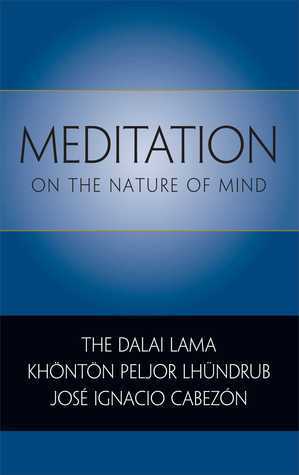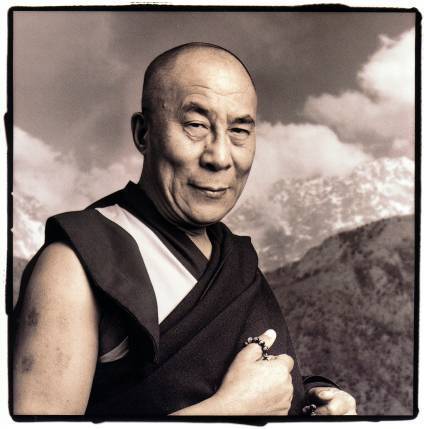
A correct understanding of the mind’s nature not only illuminates the many treatises on Buddhist philosophy, it is the key to success in meditation and to the profound insights at the heart of the Buddha’s path. The text at the center of this book, the Wish-Fulfilling Jewel of the Oral Tradition by Khöntön Peljor Lhündrub (15611637), manages to combine both theory and practical instructions for meditating on the nature of mind in a manner that is easily accessible. Especially interesting is its nonsectarian approach, with liberal citations from across the Tibetan Buddhist spectrum. His Holinesss the Dalai Lama’s broad-ranging overview of this important text in the first part of this book insightfully distills some of the most central themes of Buddhism: why the mind is so essential to the tradition, how science and Buddhism can benefit from mutual interaction, what distinguishes subtle and grosser levels of consciousness, how the different schools of Tibetan Buddhism elaborate such a distinction, and how all of these schools have a common source in the scholarly tradition of Nalanda Monastery, the greatest Buddhist university of ancient India. It is a profound and erudite teaching, both in scope and detail, and brings the reader closer to a fresh and direct experience of the all-important topic. As little has been written in Western languages about Khöntön Rinpoché, this volume also includes a short biography of this interesting figure, who was a guru to the Great Fifth Dalai Lama.
Author

Jetsun Jamphel Ngawang Lobsang Yeshe Tenzin Gyatso (born Lhamo Döndrub), the 14th Dalai Lama, is a practicing member of the Gelug School of Tibetan Buddhism and is influential as a Nobel Peace Prize laureate, the world's most famous Buddhist monk, and the leader of the exiled Tibetan government in India. Tenzin Gyatso was the fifth of sixteen children born to a farming family. He was proclaimed the tulku (an Enlightened lama who has consciously decided to take rebirth) of the 13th Dalai Lama at the age of two. On 17 November 1950, at the age of 15, he was enthroned as Tibet's ruler. Thus he became Tibet's most important political ruler just one month after the People's Republic of China's invasion of Tibet on 7 October 1950. In 1954, he went to Beijing to attempt peace talks with Mao Zedong and other leaders of the PRC. These talks ultimately failed. After a failed uprising and the collapse of the Tibetan resistance movement in 1959, the Dalai Lama left for India, where he was active in establishing the Central Tibetan Administration (the Tibetan Government in Exile) and in seeking to preserve Tibetan culture and education among the thousands of refugees who accompanied him. Tenzin Gyatso is a charismatic figure and noted public speaker. This Dalai Lama is the first to travel to the West. There, he has helped to spread Buddhism and to promote the concepts of universal responsibility, secular ethics, and religious harmony. He was awarded the Nobel Peace Prize in 1989, honorary Canadian citizenship in 2006, and the United States Congressional Gold Medal on 17 October 2007.